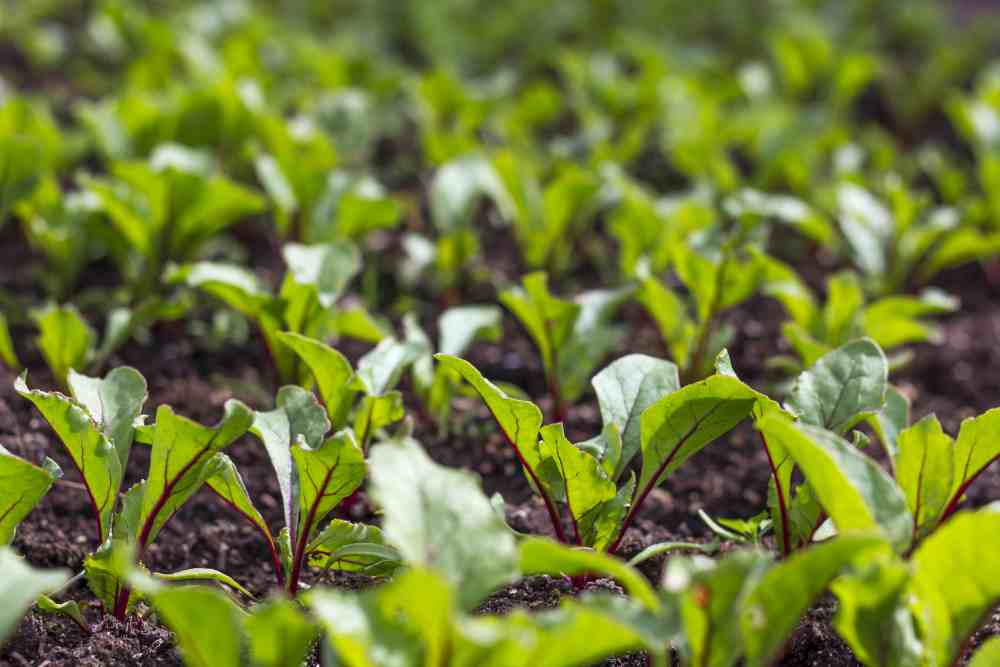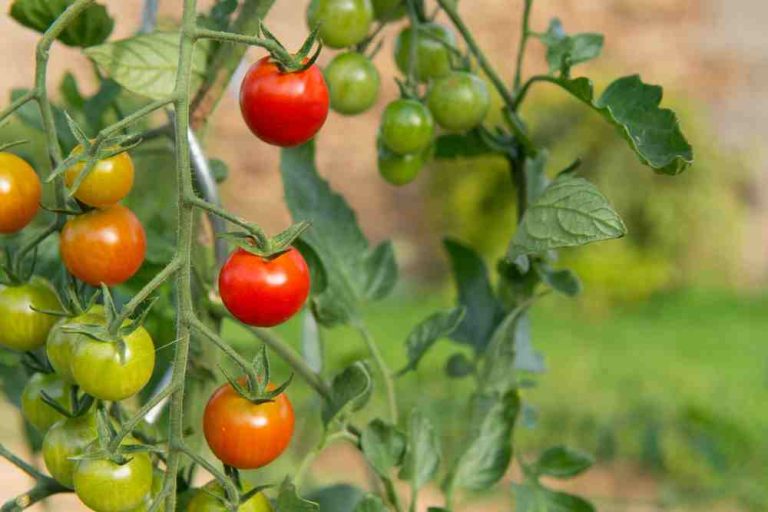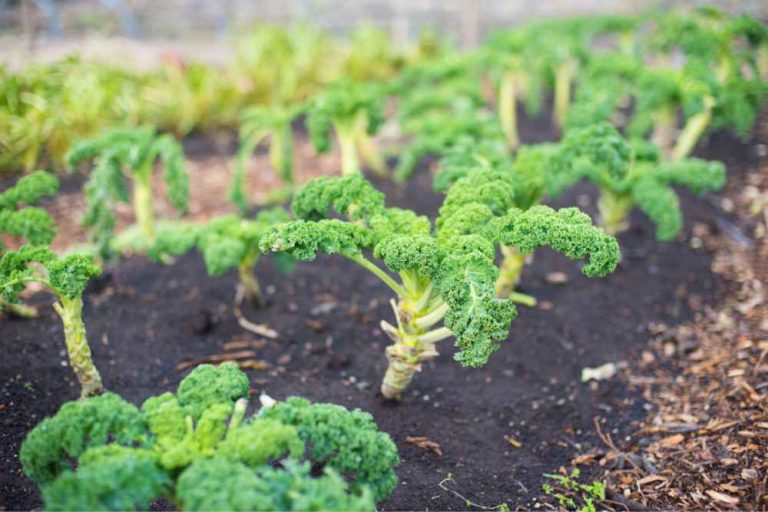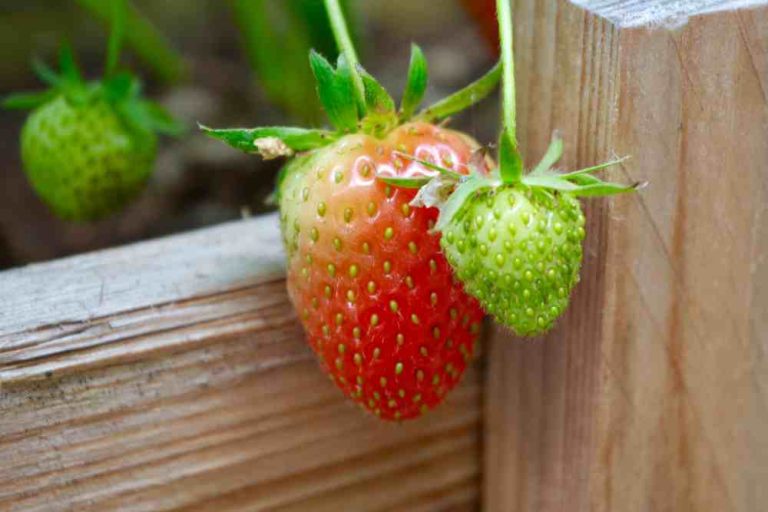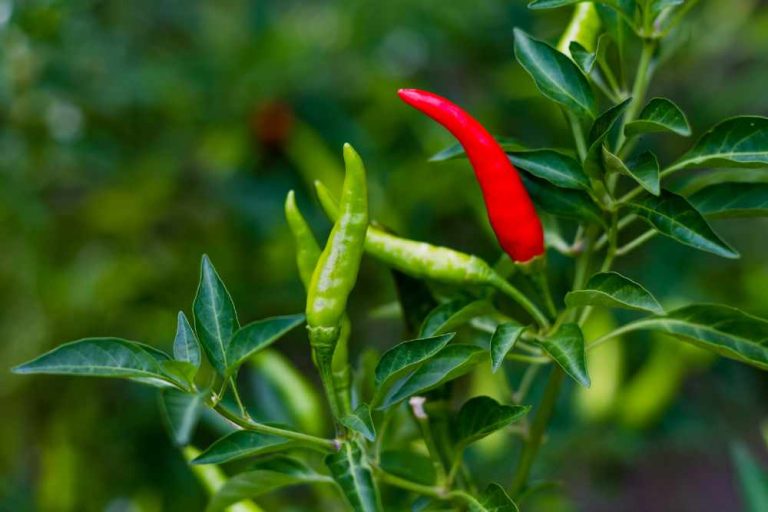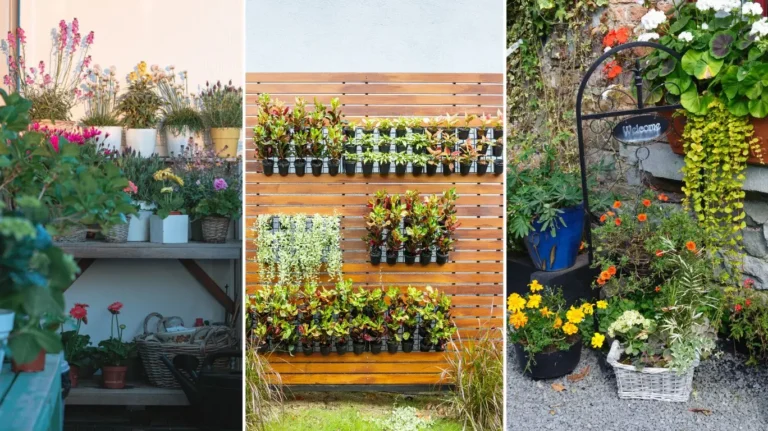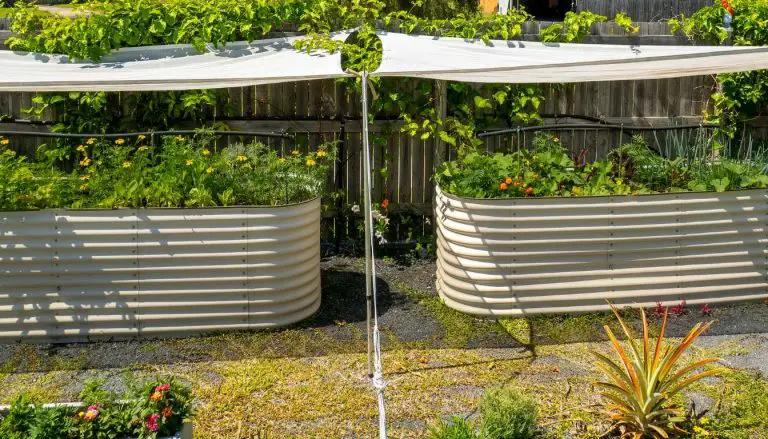Ultimate Guide to Growing Beetroot: Tips for a Bountiful Harvest
Beetroot is another delicious, nutritious, and versatile vegetable, easy to grow. Growing beetroot is ideal for beginners and is well suited to large or small home gardens since it takes up little space. Both the roots and the leaves of beetroots are excellent sources of antioxidants, minerals, and vitamin C. you can eat them raw, cooked, and pickled.
Primarily growing beetroot is done for roots. Even though they are biennials that are grown as annuals. When sliced, certain beetroot varieties are tubular, while others are golden yellow, white, or have concentric red and white rings that look like a bulls-eye. Seedlings can be started inside or seeds can be sown straight in the ground to grow beets. Here’s everything you’ll need to start your beet seeds from seeds in your garden.
Beet Varieties
Chioggia
Chioggia has crimson skin with red and white concentric rings when cut open; the greens can be used instead of spinach; it takes 54 days to mature from seed.
Formanova
Formanova beets are long, cylindrical beets that grow similarly to carrots. It’s ideal for canning.
Red Ace
Red Ace is a leaf spot-resistant, fast-growing type with tasty roots and flavorful greens that is ready in 50 days.
Burpee’s Golden
Burpee’s Golden has a tasty golden flesh that does not stain; the leaves can be utilized for cooking or salads, and it takes 55 days to grow from seed.
Cylindra
Cylindra has long, dark red roots that are perfect for pickling; it takes 60 days from seed to harvest.
Growing Beetroot From Seeds
Site Selection
On most days, beets prefer to grow in full sun, which means at least six hours of direct sunshine. They can, however, withstand some light shade. The soil should be well-draining, loose, rich in organic matter, and slightly acidic to neutral in pH. Remove any rocks, clay, weeds, or anything else that could obstruct root development.
It’s important to do a soil test before growing beetroot to check whether there is any nutrient deficiency. To improve the soil, add fine pieces of plant material such as grass, leaves, and small sticks. 8 to 10 inches of the earth should be dug. Make sure that all plant material is covered in the soil so that it can decompose quickly.
Soil Preparation and Seed Sawing
To allow water to drain, create ridges 4 to 6 inches tall. In the spring, sow beet seeds in the garden 2 to 3 weeks before the last average frost date. The temperature of the soil should be at least 50 ͦC. Make a 12-inch deep furrow in the center of the ridge with a hoe handle. Because each beet seed can yield 2–6 plants, Seeds should be spaced 1 to 2 inches apart in rows about 1 foot apart.
Then Sprinkle seeds with water after lightly covering them with loose dirt. In order to keep the young plants from decomposing, use seed that has been treated with a fungicide. In 7 to 14 days, the plants will sprout. Cover seed with sand or light-colored mulch in hot weather.
If your beets become too crowded after 2 or 3 weeks, thin them out. This enables their roots to reach their full potential.
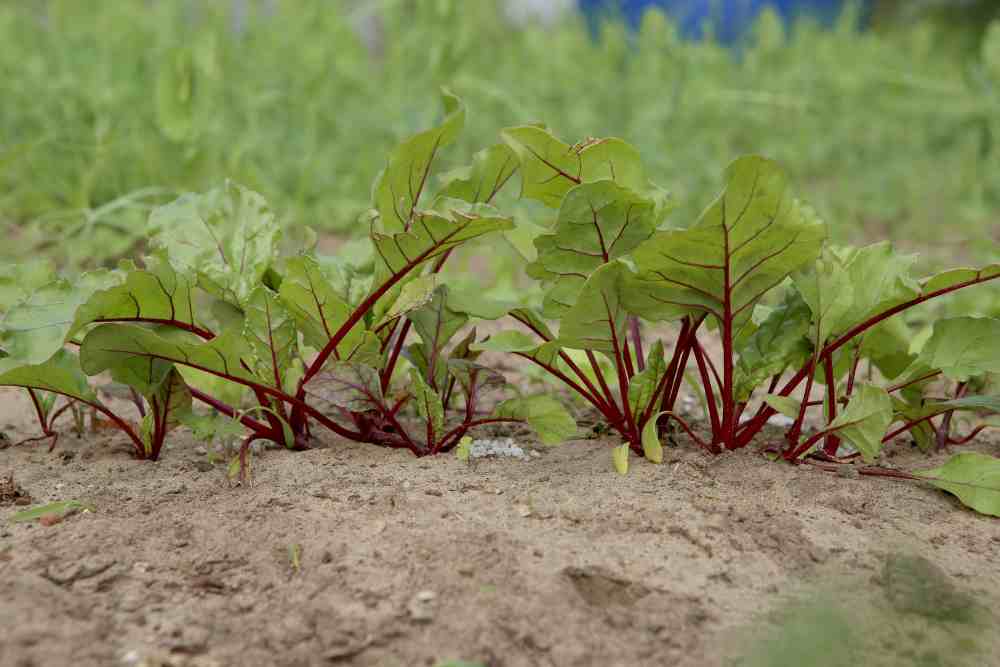
The planting procedure is much the same as if the seeds were sown directly into the earth. A pot with a depth of at least 12 inches and a top width of 12 to 24 inches is required. Make sure the bottom of the container has openings to allow for good drainage.
Harvesting
Beets will be ready to harvest 7 to 8 weeks after sowing. Harvest roots when golf-ball-size or larger; 2.5 cm (1 in) in diameter and are most tender before they exceed 7.5–10 cm (3–4 in); very large roots may be tough and fibrous. Pull the beet out of the ground by loosening the soil surrounding it. Beet greens can be harvested at any time, but the best time is while seedlings are being thinned.
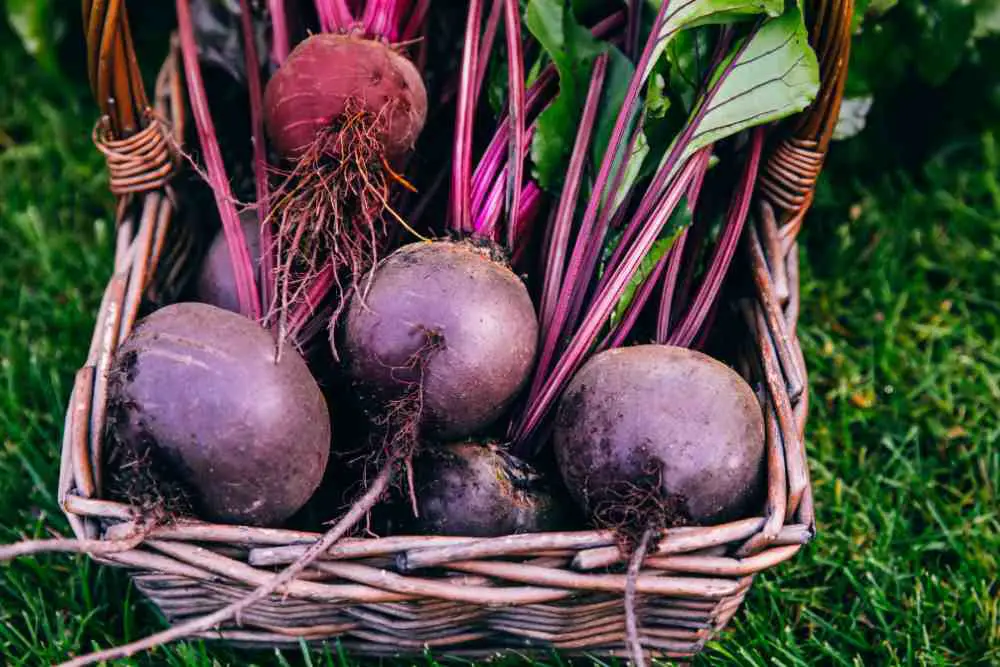
Take one or two mature leaves from each plant until the leaf blades reach a height of more than 6 inches and become tough. Beets make excellent root cellar vegetables and can be stored in sand or sawdust in a cold, dry location for three to four months. Canned, pickled, and frozen beets are all options. Beets can be stored for up to a week in the refrigerator.
Within a month of sowing, young beet greens can be harvested for salads. While the root is growing, avoid harvesting too much foliage. Before cooking or serving, wash the greens to remove grit.
Beetroot Diseases
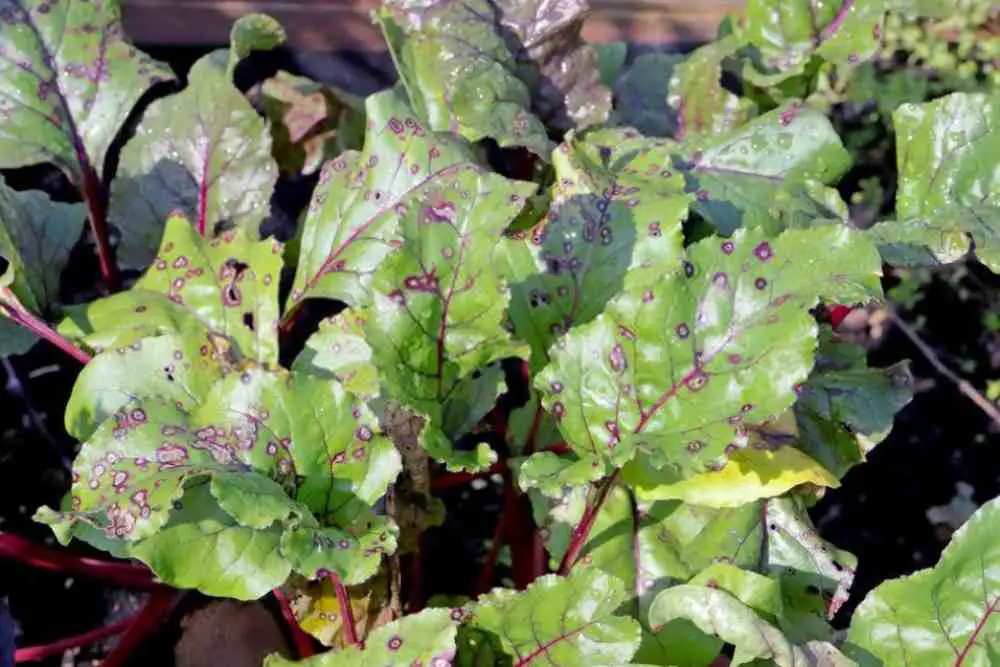
Downy Mildew – Peronospora Farinose
Symptoms develop on the leaves as uneven greasy gray patches. These regions quickly enlarge under wet weather and a white powdery growth forms on the lower surface of the damaged leaves. The affected leaf quickly dries and shrivels.
Infected plants’ flower shoots become stunted and distorted. The entire flower is compact, and excessive leaf development may give the impression of witches broom. The fungus survives in the soil on crop waste and is also spread by seed.
Field sanitation, crop rotation, and the adoption of resistant cultivars are all advised as preventative measures. The emerging seedlings are protected from disease assault by seed treatment with fungicide.
Beet Yellow Virus
Beet yellows virus (BYV) is the most common and yield-limiting pathogen. Yellowing between the veins of the leaves is a sign that can spread throughout the leaf. The leaves can grow brittle and thicken.
The symptoms are typically similar, and they can be confused for a lack of minerals. Beet yellowing viruses are spread by aphids. If aphids (the virus’s vector) are controlled, the virus’s spread will be limited. Aphids are controlled via seed treatment and foliar pesticides.
Cercospora Leaf Spot (Cercospora Beticola)
Cercospora leaf spots can be found on detritus from plants, weed host species, and seeds. Wind and rain splash generate and distribute spores in the spring. Higher heat and humidity are ideal for disease transmission. A large number of little circular spots appear on the leaf surface.
The first signs are individual circular leaf spots (3-5 mm). The center of the spots is light brown, with deeper brown to reddish-purple edges. Black sporulating patches can be seen when the humidity is high (with magnification). As the disease spreads, spots will congregate, and leaves will turn yellow, then brown while remaining attached to the plant.
Curly-Top
This disease is spread by beet leafhoppers. Curly top virus infection can make an appearance on the outside of infected plants in the form of leaves, stems, flowers, fruits, or roots. Curling, twisting, rolling, stunting, and other conditions can cause diseased plant parts to become twisted, but mottling is rare.
The leaves become thicker and more leathery as they mature. Reduce the quality and palatability of the leaves. If a plant’s root is infected with the curly top virus, it might reduce its productivity and quality. The most visible symptoms induced by curly top viral attacks are not visible to the human eye.
Internal symptoms include the loss of food-conducting capillaries and significant differences in the quantity and size of cells that make up plant tissues when compared to normal.
Resistant varieties, sanitary measures such as elimination of susceptible weeds and vulnerable volunteer crop plants from earlier plantings, planting time to avoid the major beet leafhopper flights, trap crops, and early removal and destruction of infected plants can all assist to minimise losses. The amount of beet leafhoppers is controlled by insecticides.
- 29 Bucket Gardening Ideas for a Lush, Compact Garden - October 30, 2024
- 20+ Chic Boho Bedroom Ideas for a Cozy and Stylish Retreat - June 20, 2024
- 12+ Modern Boho Living Room Ideas to Create a Unique Oasis - June 10, 2024

